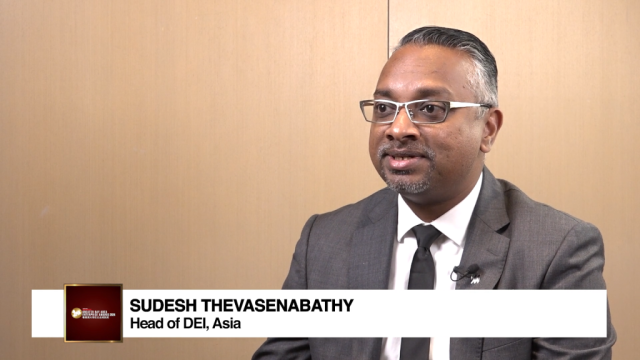Optimizing healthcare assets and development in Hong Kong
By Karen ProsserHong Kong Financial Secretary John Tsang has provided several indications of the increasing importance that government is placing on providing high quality healthcare services to the population of Hong Kong.
Developing an efficient design for modern day healthcare delivery in Hong Kong is crucial but it is also important to look at how this can be delivered. A new building does not always bring improvement in healthcare - examples from the USA and the UK have shown that massive investment in health infrastructure does not always result in increased productivity or better patient outcomes unless optimisation of service delivery is considered at the same time.
By managing existing assets effectively there is room to gain the most benefit from an investment. It is therefore important that from the outset the assets are designed in a manner that fully optimises the space so that every square foot is utilised and aligned with the way clinical services are being delivered - in line with the demands and needs of the local patients. A well-designed asset should also provide a good working environment for staff to allow them to move through the building easily and minimises the time it takes for patients to move through the appropriate clinical pathway.
Annual cost of operating should not be neglected
Whilst the cost of building is high, the annual cost of operating an asset is actually higher when the cost per year of the life of the building is taken into account. Failure to factor this in at the very outset could ultimately impact on the cost and quality of service that operators can offer patients at a later date.
Recurrent expenditure in essential services across education, medical and social services is also required and is estimated to reach HK$170 billion this year, which represents an increase of 10 percent compared with 2012. This is not an insignificant amount and is likely to drive a renewed focus on understanding where operating costs are incurred and how assets can be better managed to keep this cost to a minimum.
Understanding healthcare assets
Physical buildings are not the only key to getting value from the investment in healthcare. Developing a better primary and community care system is just as important as building new hospitals. By investing in community services the workload of major hospitals can also be reduced. In the recent budget announcement, the HKD 2.54 billion allocated to the Hospital Authority to help meet community demand for medical services is extremely encouraging. Reducing the number of people who visit the emergency departments for minor problems that could be treated in local clinics will reduce the burden on hospital staff and allow them to focus more time on patient care and delivering better health outcomes.
By changing the design and some of the established processes around how an asset is used, it is also possible to make big improvements both in operational efficiency and in costs incurred from delivering clinical services. Hospitals can also address rising operational costs by identifying how a hospital is performing both clinically and operationally against the best in the world. A crucial first step would be to carry out an in-depth review of the asset to understand where exactly costs are incurred within a hospital and then benchmarking this against industry competitors. Having this insight on the ‘As Is’ performance of the asset allows owners to identify where improvements need to be made and to identify clear and achievable ‘To Be’ performance targets to work towards.
A final step to consider is around implementing a proactive performance management approach to operating a healthcare facility. EC Harris has found that by doing this, property operating costs can typically be lowered by up to 15 percent, which frees up significant capital to invest in other key areas.
Moving from intention to delivery
There were a lot of positive intentions outlined within the Budget on how to improve Hong Kong’s healthcare sector. The Government has been bold in making capital available for making improvement to healthcare, which is extremely positive. However, the challenge now will be on ensuring this money is spent wisely and in the right areas providing maximum benefit to as many people as possible.
There are lots of lessons, both positive and negative, that can be taken from international projects across the globe. Some of the approaches in other markets can be adopted and applied within the context of this market and will help to drive a more efficient and effective delivery of healthcare services within Hong Kong, which is what the government is ultimately seeking to achieve.























 Advertise
Advertise








